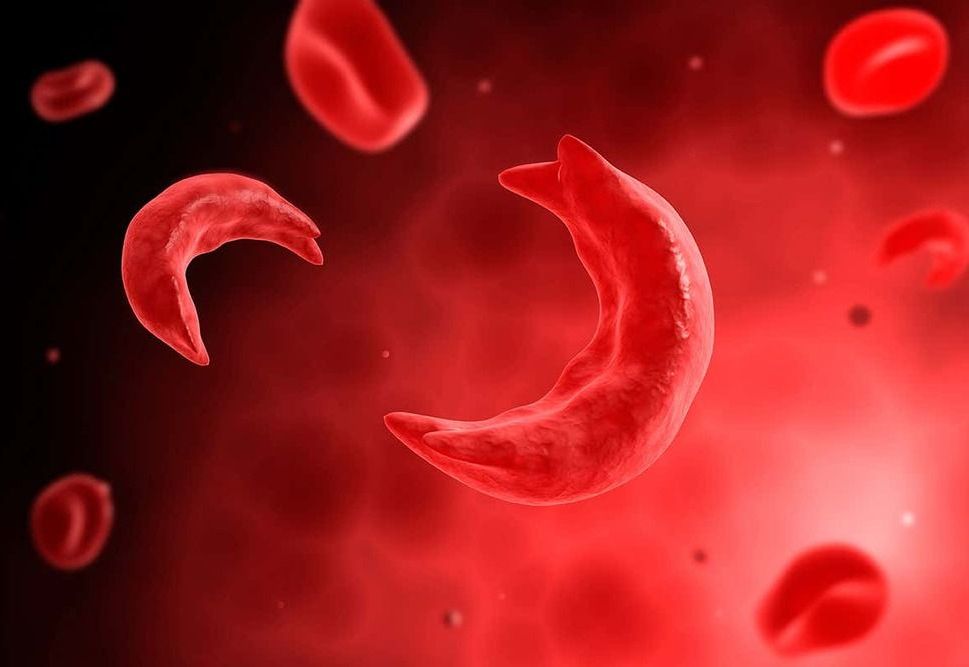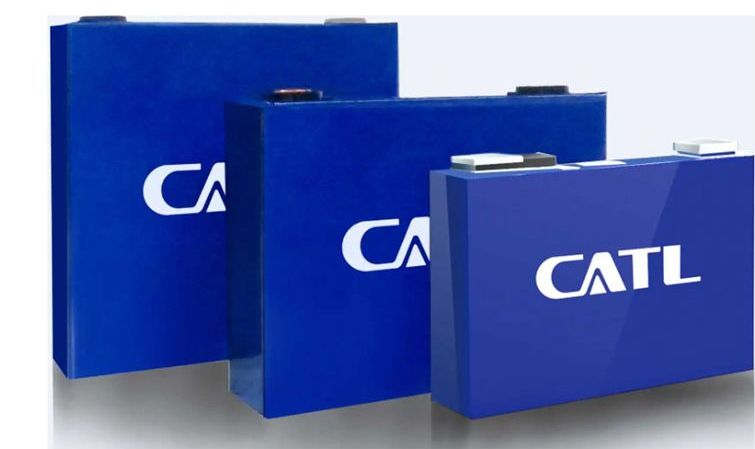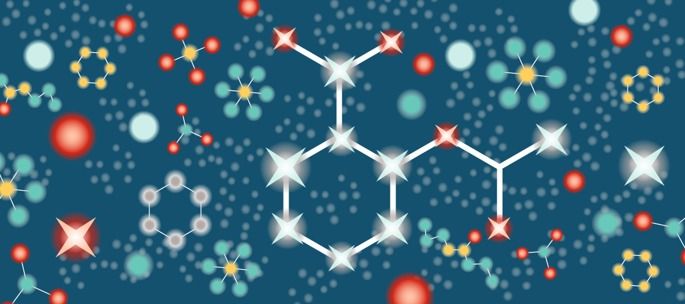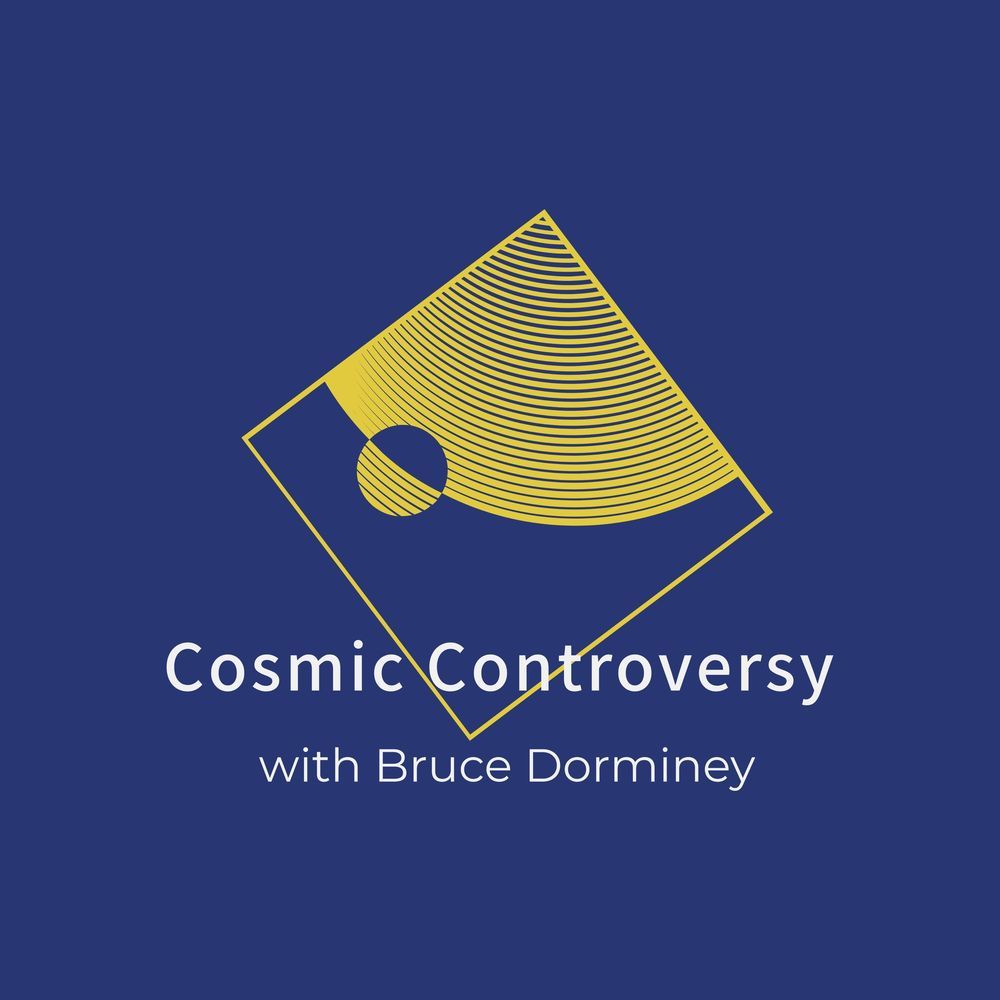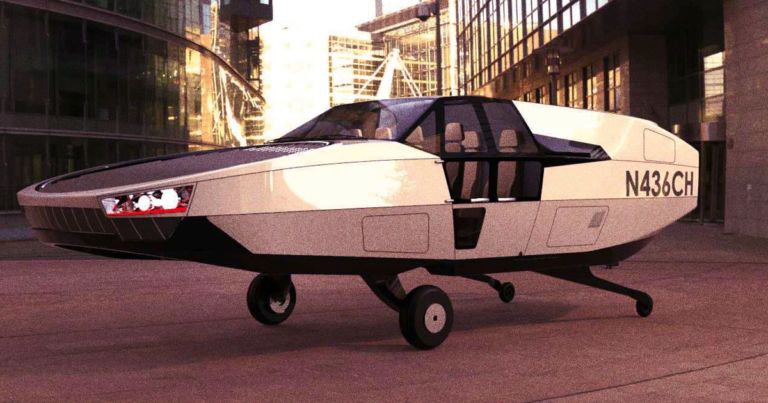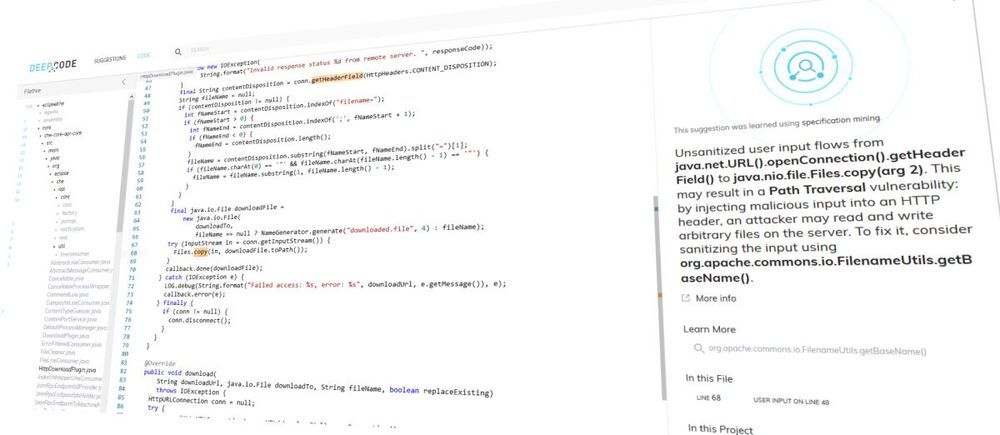Jun 14, 2020
Three people with inherited diseases successfully treated with CRISPR
Posted by Kelvin Dafiaghor in categories: biotech/medical, genetics
Two people with beta thalassaemia and one with sickle cell disease no longer require blood transfusions, which are normally used to treat severe forms of these inherited diseases, after their bone marrow stem cells were gene-edited with CRISPR.
Result of the ongoing trial, which is the first to use CRISPR to treat inherited genetic disorders, were announced today at a virtual meeting of the European Hematology Association.
